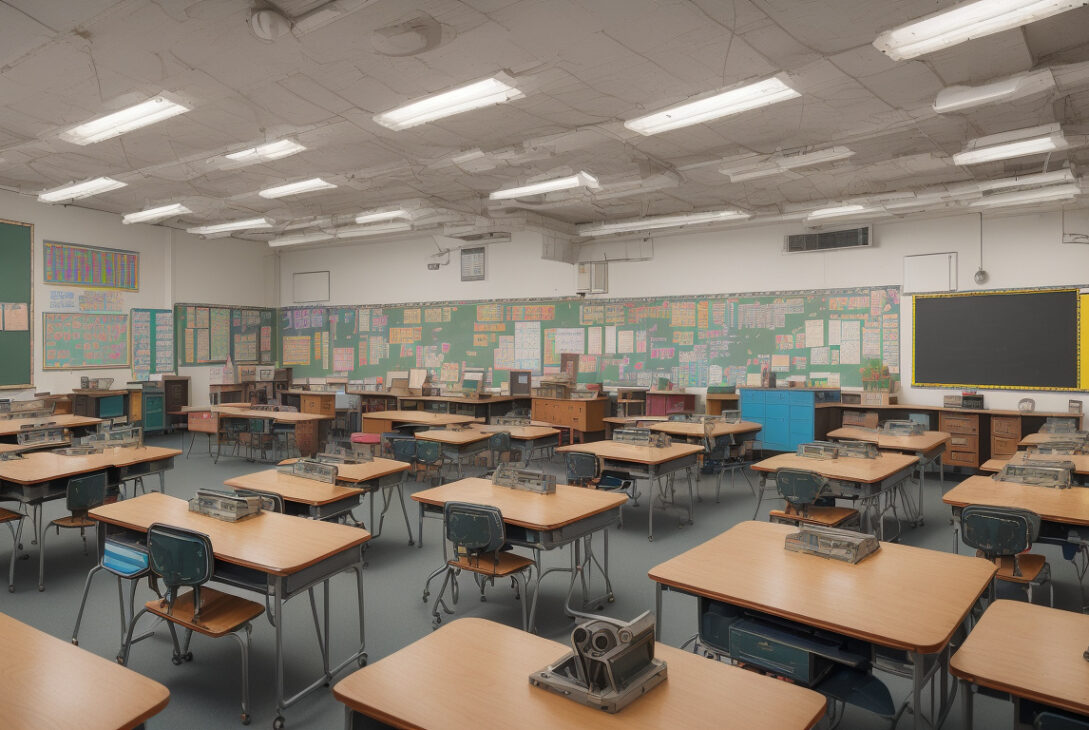What Past Education Technology Failures Can Teach Us About the Future of AI in Schools
As artificial intelligence (AI) increasingly finds its way into classrooms, educators and policymakers face pressing questions about how best to integrate these powerful tools into teaching and learning. Reflecting on the history of educational technology reveals important lessons that can guide us in navigating the uncertain future of AI in schools.
A History of Overconfidence in Educational Technology
For over a century, technologists have urged schools to rapidly adopt the latest innovations, often promising sweeping improvements in education. In 1922, Thomas Edison famously predicted school textbooks would soon be replaced by film strips, which he claimed were vastly more efficient — a statistic that was exaggerated and misleading. Such examples highlight how even brilliant inventors can misjudge the complexities of education reform.
Today, similar hype surrounds AI in education. Enthusiasts encourage quick adoption to keep pace with societal transformations driven by AI. Yet, research at institutions such as MIT shows no precedent for rapid digital technology adoption delivering lasting benefits across entire school systems. For example, schools that early embraced mobile phones or internet connectivity have not demonstrated notable advantages in student outcomes or broader societal gains.
Power of Community and the Challenge of Change
Technology itself does not guarantee learning improvements; its impact depends heavily on the educational community—the teachers, students, families, and administrators—who shape how it is used. Creating effective new teaching methods and learning routines takes years. Unlike simple tech rollouts, AI arrives as an “arrival technology,” fundamentally changing classroom dynamics from the outset, thus demanding active responses.
Past Mistakes Illustrate the Need for Rigorous Evaluation
Justin Reich, a professor at MIT who studies education technology history and future, recalls how early efforts to teach students web literacy aimed to equip them with checklists for evaluating websites. However, decades later, research revealed those methods were ineffective and that experts use entirely different, more successful strategies. This humbling discovery underscores how educational innovations often require time and evidence to truly prove their worth.
Currently, many AI education practices lack strong evidence. From AI literacy frameworks to tutoring apps, these tools and guidelines are being rapidly pushed into classrooms without a solid research foundation. This calls for a cautious approach centered on rigorous testing rather than confident assumptions.
Three Strategies for Moving Forward with AI in Schools
Given the urgency and uncertainty surrounding AI in education, Reich recommends that teachers become experimenters and evaluators themselves, guided by three key principles:
-
Humility: Acknowledge that current methods are provisional best guesses that may change as new evidence emerges. Both teachers and students must be prepared to revise their understanding about effective AI use over time.
-
Experimentation: Schools should identify which parts of their curriculum are suitable for bold AI integration and which require more caution. For instance, a filmmaking elective might embrace AI tools creatively, while foundational writing courses may warrant slower, more deliberate adoption.
-
Assessment: Local evaluations should accompany any new AI teaching experiments. By comparing student work before and after AI implementation, educators can gauge whether outcomes improve and adjust practices accordingly.
The Road Ahead: Patience and Evidence Over Speed
Between educators’ careful experimentation and ongoing educational research, a clearer picture of AI’s role in schools will emerge by 2035. AI might become like the internet—a resource with risks but vast benefits—or resemble mobile phones, where negative effects prompt tighter restrictions.
The drive to harness AI’s potential in education is strong, but rushing to quick conclusions risks repeating past mistakes. Instead, the priority must be a deliberate, evidence-based approach focused on learning what truly works. This measured and thoughtful path offers the best hope for ensuring AI positively enhances teaching and learning in the years ahead.
Author: Justin Reich, Professor of Digital Media, Massachusetts Institute of Technology (MIT)
Published: October 3, 2025
Source: The Conversation
DOI: https://doi.org/10.64628/AAI.vvdntn96m
Original article: https://theconversation.com/what-past-education-technology-failures-can-teach-us-about-the-future-of-ai-in-schools-265172










